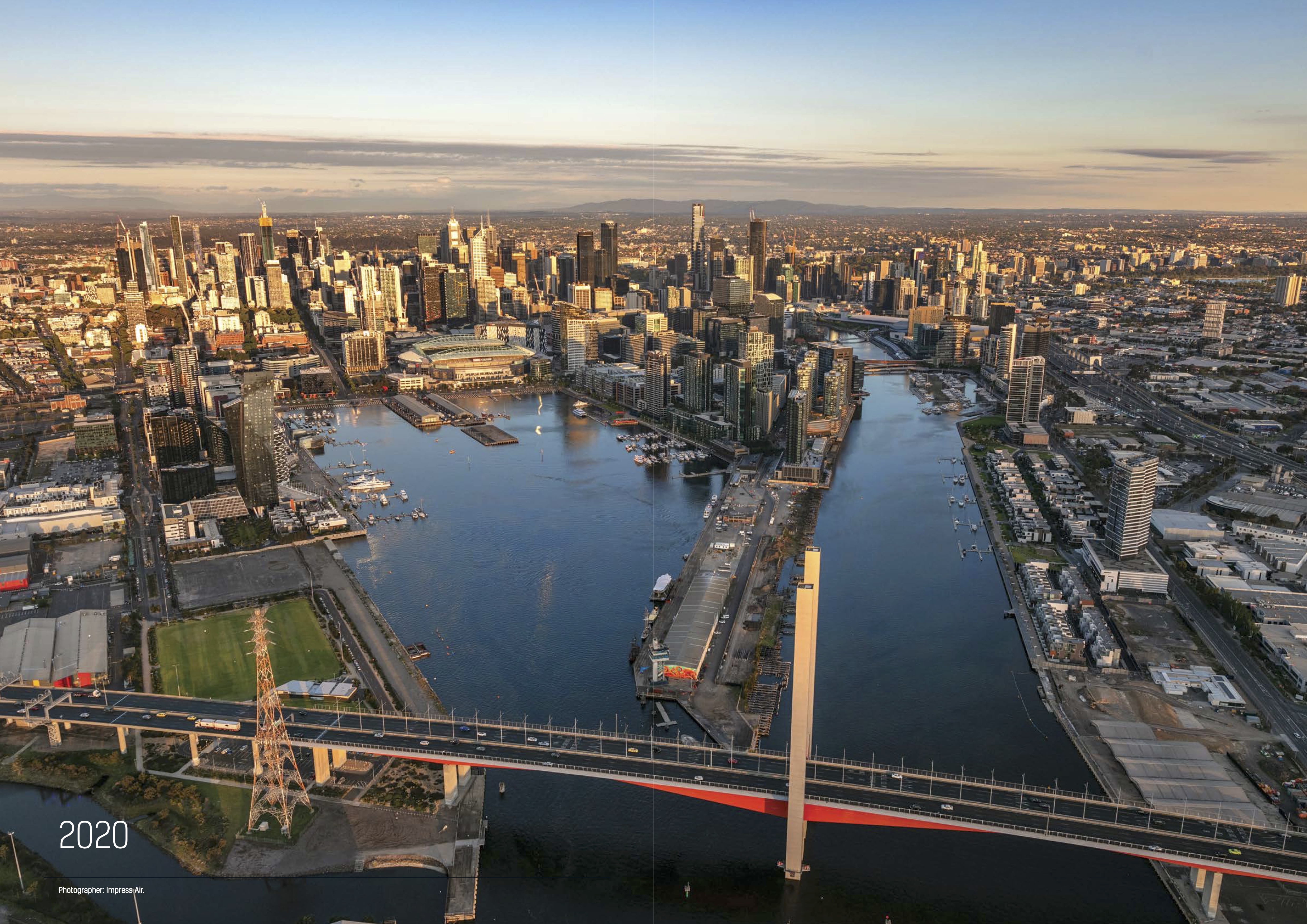Labour Shortages and the Impact on Real Estate

Location, location, location has become labour, labour, labour
Location, location, location are, as the old adage goes, the three most critical factors in real estate. Given its critical importance in determining what type of real estate is needed and where though, a more apt modern description might be talent, talent, talent.
The on-demand world we inhabit today relies on labour more than ever to build or transport goods, to provide knowledge-based or personal services, or to innovate and create new products. But just as labour supply has become more indispensable, so too has it become scarcer. The ‘war for talent’ is an overused phase but it is a fair reflection of the current state of play.
In December, unemployment remained steady at 3.5%, up slightly from its joint lowest level since the 1970s. An additional 452,000 Australians are employed now compared to a year ago. Needless to say, the labour market is extremely tight. Labour shortages are materially impacting real estate in three main dimensions: labour attraction and retention; productivity maximisation; and need minimisation.
Attraction and retention: Real estate as a diversifier
When we think of ‘talent’ we instinctively think of white-collar workers who traditionally toil away in offices. As power has shifted from employer to employee, so too has choice of how and where work is done. As a result, the hybrid model is now the default with office workers empowered to split their time between home and the office as they see fit.
However, the office remains essential and multiple surveys indicate that the quality and location of the office influences the desirability of a job to labour. As a result, companies are using their offices as a means to attract and retain staff by offering better amenitised, higher specified space in vibrant and accessible locations. This is being reflected in uneven leasing activity with office take-up and investment focused on premium and A Grade space at the expense of older and non-CBD located stock.
The need for better real estate to attract and retain labour is not restricted to offices though. Logistics and industrial businesses also find it increasingly hard to find labour to operate. Warehouses are upping their game as a result. Increasingly they are being located physically close to areas with higher labour availability to better assist occupiers find staff. More on-site amenities are also being provided, including cafes, gyms and even outdoor work, to entice labour beyond just wages.
Productivity maximisation: Extracting more value from employees
With labour hard to find, it is important for businesses to get the maximum value they can from their staff. This equates to stronger demand for well-designed space, which can increases productivity. Better indoor air quality in a well-ventilated office, for example, improves cogitative function. Workplace design which facilitates collaboration, has a variety of working environments and which seamlessly integrates technology to increase output. Investment in smart workplace solutions can more than return productivity dividends. These are additional drivers of the office occupier flight to quality.
Optimised logistics space aided by technology can meaningfully improve efficiency, too. An Amazon worker operating alongside a collaborative robot, a so-called ‘cobot’, can pick 30 items in a minute, which is a vast productivity gain. To make the high upfront cost viable though, the warehouse must be designed to optimise robotic operation with aspects like density, size, power and internet connectivity being key.
Need minimisation: Reducing human labour reliance
A sure-fire way to protect businesses from the risk of insufficient or expensive labour supply is to reduce the need for human labour. Any task which is structured, repeatable and predictable is ripe for automation. Whilst automation processes are expensive, as labour becomes rarer and pricier the appeal of automation is growing.
Robotics and automation are increasingly being deployed in warehousing to boost productivity and reduce the need for labour. Hence the warehouse-automation market is set to grow at a compounded 23% annual rate to 2030. You may have noticed this in retail stores, too with self-service checkouts increasingly common. This is pushing more occupiers towards modern, efficiently designed space which enables automation.
Construction is another area – acute labour shortages are manifest in higher costs and longer project delivery times. This is forcing innovation to reduce labour reliance. Modern construction techniques include prefabrication, where properties are manufactured in factories and bolted together on-site, 3D printing of parts and digital modelling to monitor and streamline projects.
Labour and real estate: A trend to watch
Labour shortages are fundamentally altering real estate design, location and performance. Although we think employment growth will slow as the Australian economy weakens, we face the structural impact of an ageing workforce. The labour market will remain highly competitive and occupiers will continue to leverage their portfolios to blunt the impact of labour shortages on business operation.
Related posts
Dive deeper into insights that matter to you.

The Election and Housing: Ireland’s Wake-Up Call for Oz

Australia’s Visitor Economy Rebounds: Insights from 2024-2025 ABS Data

Australian Data Centres: The State of Play for this Critical Sector

30 Years On: Has Docklands Been A Success?
Make smarter decisions
Get in touch with the Team to get an understanding of how we transform data into insightful decisions. Learn more about how Atlas Economics can help you make the right decisions and create impact using our expertise.
